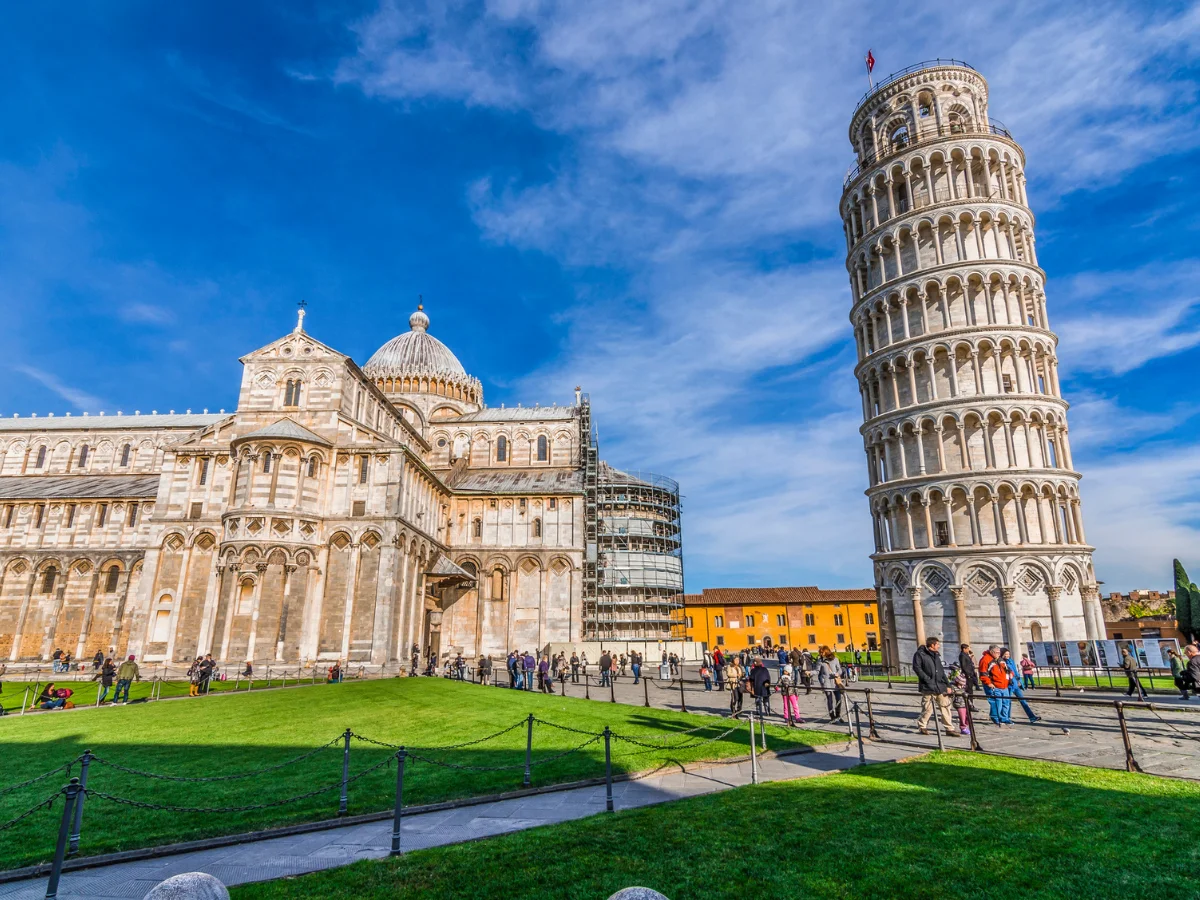Roman siege warfare epitomized ancient military ingenuity
Roman siege warfare epitomized ancient military ingenuity. With towering catapults and formidable battering rams, Romans breached enemy fortifications. Siege towers ascended, while trenches restricted enemy movement. The testudo formation shielded soldiers, ensuring relentless advance. In sum, Roman siege tactics shaped military history, showcasing innovation and strategic brilliance.

Roman siege warfare epitomized ancient military ingenuity
In the annals of military history, few civilizations can match the engineering prowess of ancient Rome. Renowned for their strategic acumen and technological innovations, the Romans were masters of siege warfare. Their ability to besiege and conquer fortified cities laid the groundwork for the expansion of their empire across continents.
Catapults: The Titans of Destruction
At the forefront of Roman siege warfare stood the mighty catapults. These towering war machines could hurl massive projectiles with deadly accuracy, breaching walls and shattering defenses. Powered by torsion or tension, catapults such as the onager and ballista were instrumental in overwhelming enemy fortifications.
Battering Rams: The Siege Breakers
No fortress could withstand the relentless assault of a Roman battering ram. These formidable devices, often adorned with menacing metal heads, were used to pound against gates and walls, weakening defenses and facilitating breaches for the advancing Roman legions.
Siege Towers: Ascending to Victory
Rising like colossal behemoths against the skyline, Roman siege towers provided a strategic advantage in overcoming the vertical barriers of enemy fortresses. These towering structures enabled Roman soldiers to ascend to the ramparts, engaging defenders in close combat and securing footholds within besieged cities.
Trenches and Siege Works: Engineering Ingenuity
In addition to their towering siege engines, the Romans employed sophisticated trench systems and siege works to encircle and isolate enemy strongholds. These earthworks, meticulously constructed under the cover of darkness, served to undermine fortifications and restrict enemy movement, laying the groundwork for subsequent assaults.
Testudo Formation: The Shield Wall
During sieges, Roman soldiers often employed the testudo formation, or “tortoise,” to shield themselves from enemy projectiles while advancing towards fortified positions. This tightly packed formation, with soldiers interlocking their shields above and in front, provided unparalleled protection against arrows, javelins, and other missile weapons.
Conclusion: Legacy of Roman Siege Warfare
The legacy of Roman siege warfare endures as a testament to the ingenuity and military prowess of ancient Rome. From towering catapults to formidable siege towers, the Romans revolutionized the art of besieging fortified cities, leaving an indelible mark on the annals of military history.



